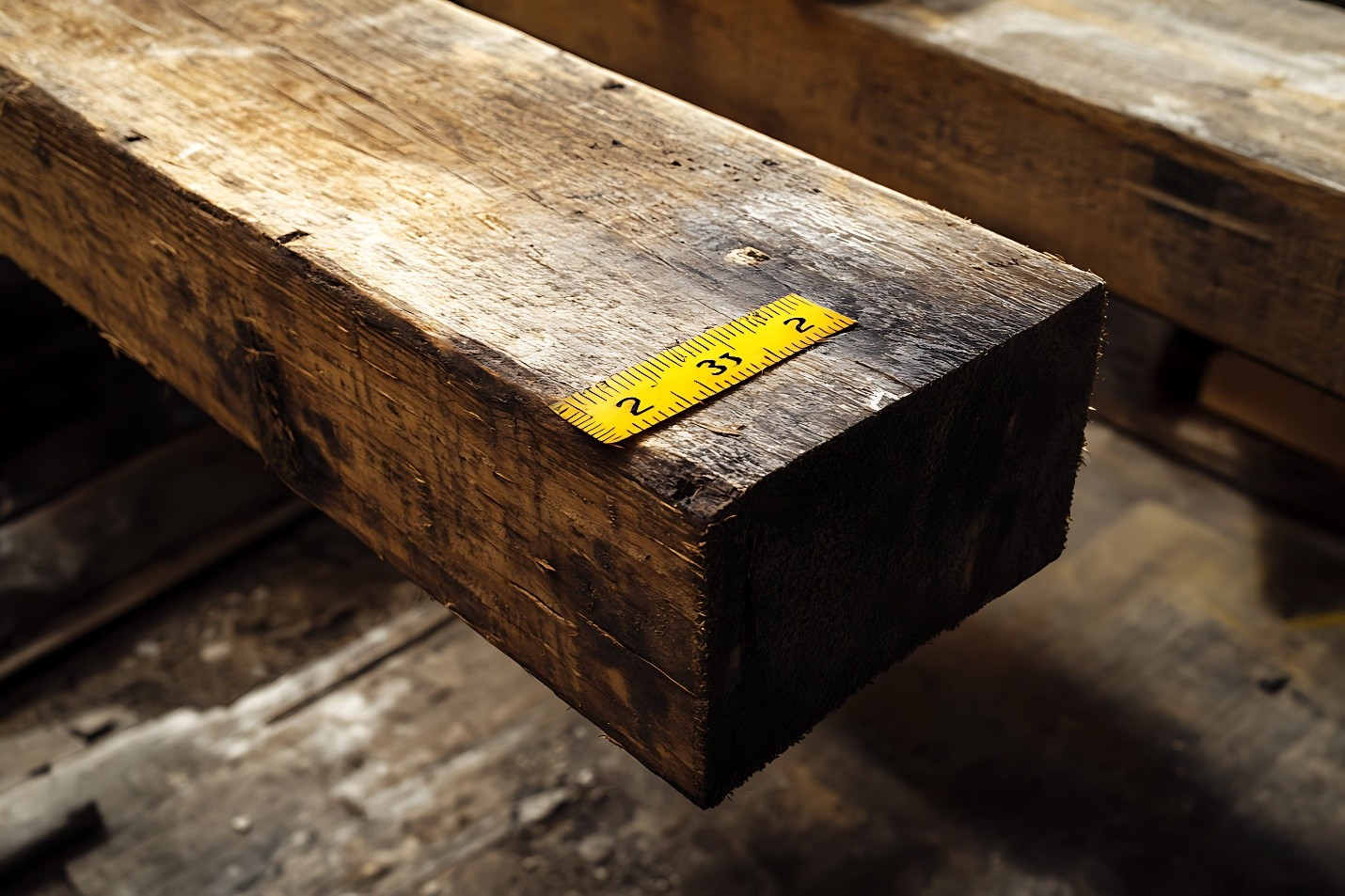
The construction and interior design industries are experiencing a renaissance of sorts—one that reaches into the past for inspiration, materials, and meaning. Building with reclaimed wood has become a prominent symbol of sustainability, craftsmanship, and rustic elegance. Whether used in flooring, furniture, accent walls, or full structural applications, salvaged lumber offers a tactile sense of history and an unmatched aesthetic. Angelo Dellomo of Mays Landing understands that working with reclaimed wood isn't as simple as pulling boards from a demolition site and hammering them into place. From sourcing and preparation to structural concerns and creative possibilities, reclaimed wood carries both profound rewards and notable challenges.
In an age of rapid consumption and environmental stress, reclaimed wood stands as a sustainable alternative to virgin lumber. Angelo Dellomo explains that the environmental benefits of using salvaged wood are substantial:
Angelo Dellomo of Mays Landing explains that reclaimed wood tells a story. Whether it’s oak from a 19th-century barn or maple floorboards from a century-old schoolhouse, each piece carries a unique character shaped by time, weather, and human history. These details—nail holes, saw marks, and grain patterns—cannot be replicated by machines or modern finishes.
Finding high-quality reclaimed wood is a journey in itself. Angelo Dellomo explains that builders and designers often rely on one of the following sources:
One major consideration during sourcing is legality and provenance. Builders must ensure the wood was acquired responsibly and legally, without violating conservation laws or endangering protected buildings.
Reclaimed wood rarely comes ready to use. The preparation phase is one of the most critical—and laborious—steps in the process. Angelo Dellomo explains that it includes:
1. Cleaning
Reclaimed boards are often coated in dust, grease, or old paint. They need thorough scrubbing and sometimes pressure washing. If lead-based paint is present (common in older structures), professionals must handle it under strict safety regulations.
2. De-Nailing and Metal Detection
Hidden nails, screws, or bolts are frequent obstacles. Not only can they damage tools, but they also pose safety risks. Metal detectors are essential for ensuring the wood is clear before sawing or planing.
3. Kiln Drying
Even aged wood can harbor moisture or pests. Kiln drying stabilizes the lumber, killing insects and fungi while reducing the risk of future warping or cracking.
4. Planing and Milling
Reclaimed wood often comes in irregular sizes and shapes. Milling it to uniform dimensions is necessary for precise construction and smooth finishes, especially in cabinetry or flooring applications.
5. Grading
Finally, each board must be evaluated for structural integrity. Some may be perfect for beams or furniture, while others are best suited for decorative or non-load-bearing use.
Despite its beauty and eco-friendliness, Angelo Dellomo understands that reclaimed wood presents a few notable difficulties:
Designing with reclaimed wood is an opportunity to blend the old with the new, adding warmth and texture to modern spaces. Angelo Dellomo of Mays Landing explains that popular applications include:
Building with reclaimed wood is not a shortcut—it’s a commitment to quality, sustainability, and storytelling. From barn doors that whisper of agrarian pasts to beams that once bore the weight of industry, salvaged wood connects us to the material history of our built environment. While it requires extra effort to source and prepare, the rewards—in beauty, ethics, and durability—are well worth it.
Angelo Dellomo emphasizes that whether you’re a seasoned builder or a homeowner embarking on a DIY project, reclaimed wood offers a chance to build not just a structure, but a narrative. It’s an invitation to rethink waste, rediscover value, and reimagine what our homes and buildings can be.